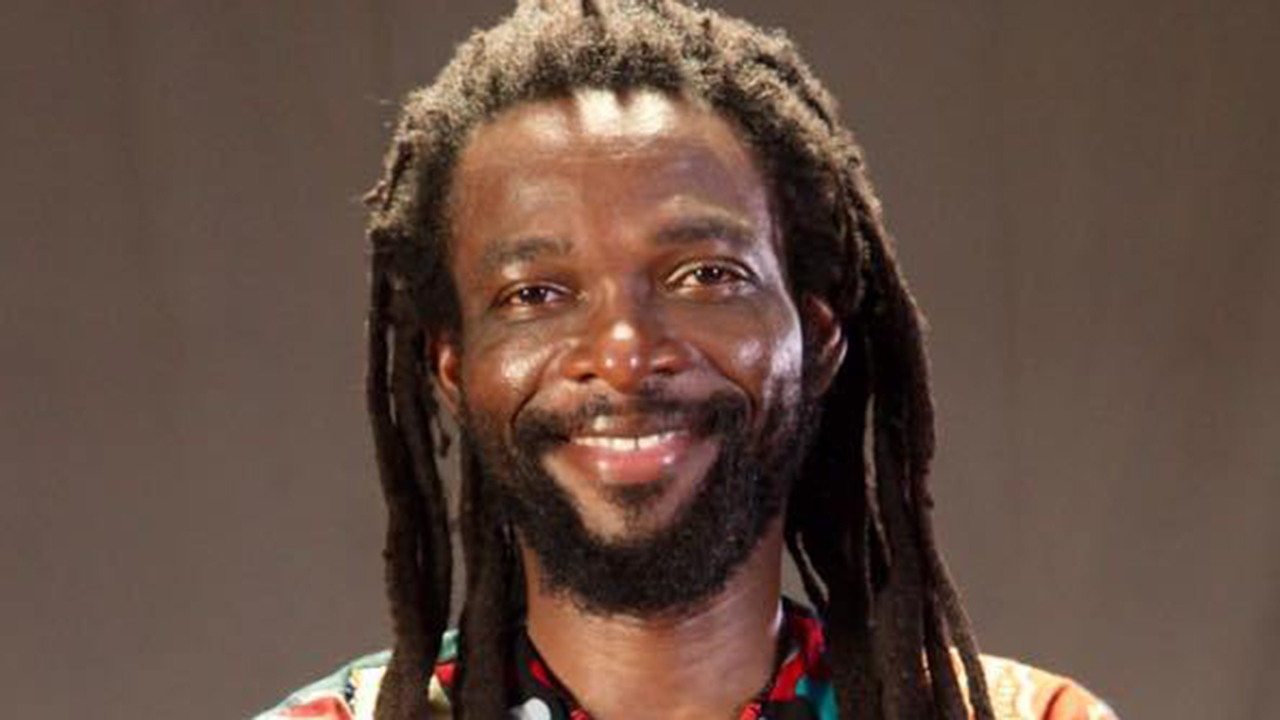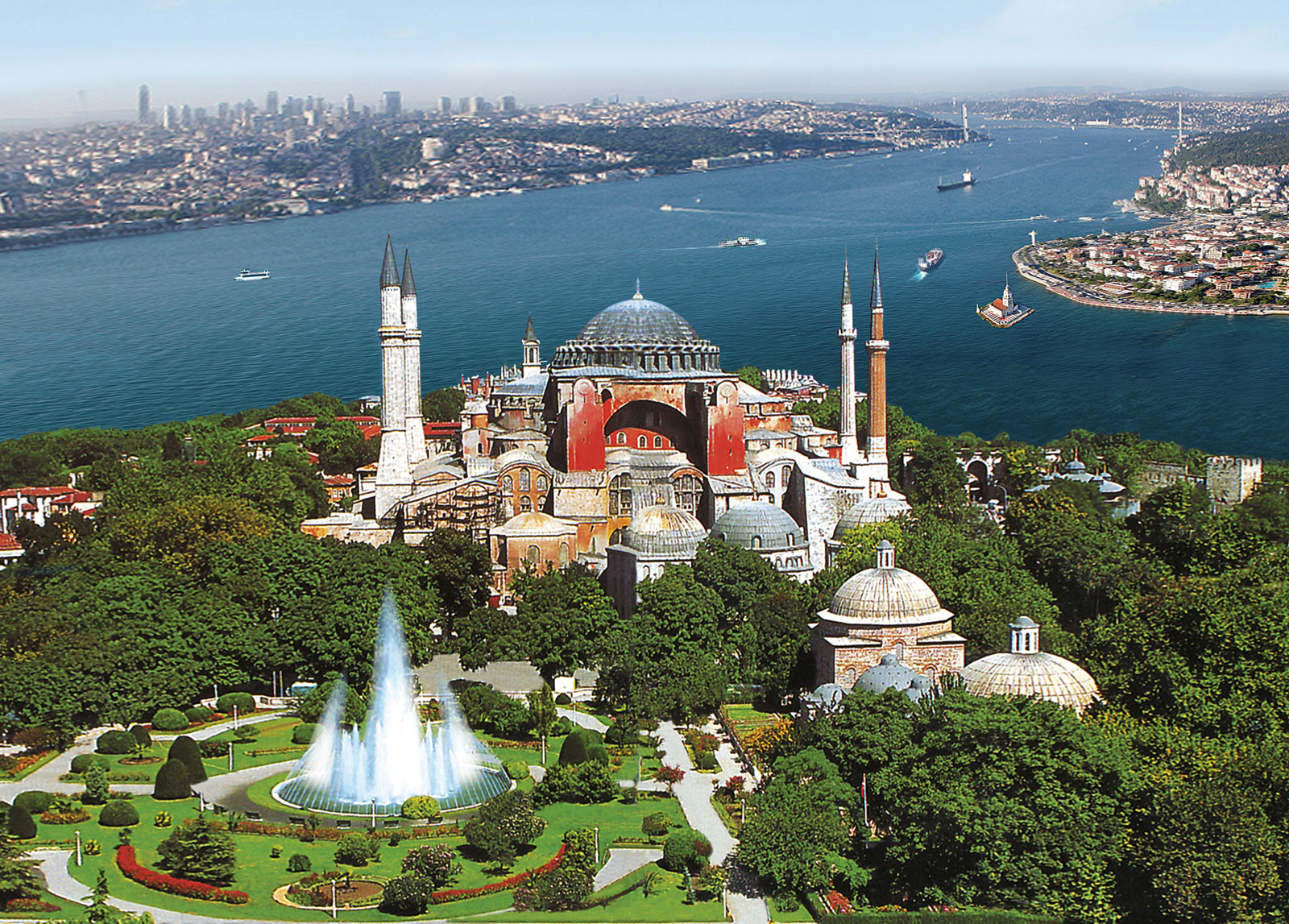
Over a thousand years ago, a Byzantine Roman Emperor, Emperor Justinian, built a cathedral that was so magnificent that when he entered it for the first time in AD 537, oral tradition records that he exclaimed: “Solomon, I have surpassed you!”
You will recall that the Bible records that Solomon was the king of Israel to whom God gave the gift of being the wisest person ever, and who subsequently set upon to build the greatest Temple in Israel’s history of several millennia.
[ad]
According to the Jewish tradition, when the temple was being dedicated, God physically manifested so that the priests could no longer go in to execute their offices, and he also sent fire from heaven in the sight of all present to show his acceptance of the sacrifice. Despite these events, Emperor Justinian opined that the Hagia Sophia was a better building.
For better context, here is a quick historical review of the Roman and Byzantine empires. Rome was founded in 625 BC as a Kingdom, became a Republic in 510 BC, an Empire around 20 AD. The Empire was split into Eastern and Western halves beginning in AD 286, each ruled by its own emperor. The Western Empire would last till AD 476 while the Eastern Empire, also called the Byzantine Empire, would continue till it was invaded in AD 1453.
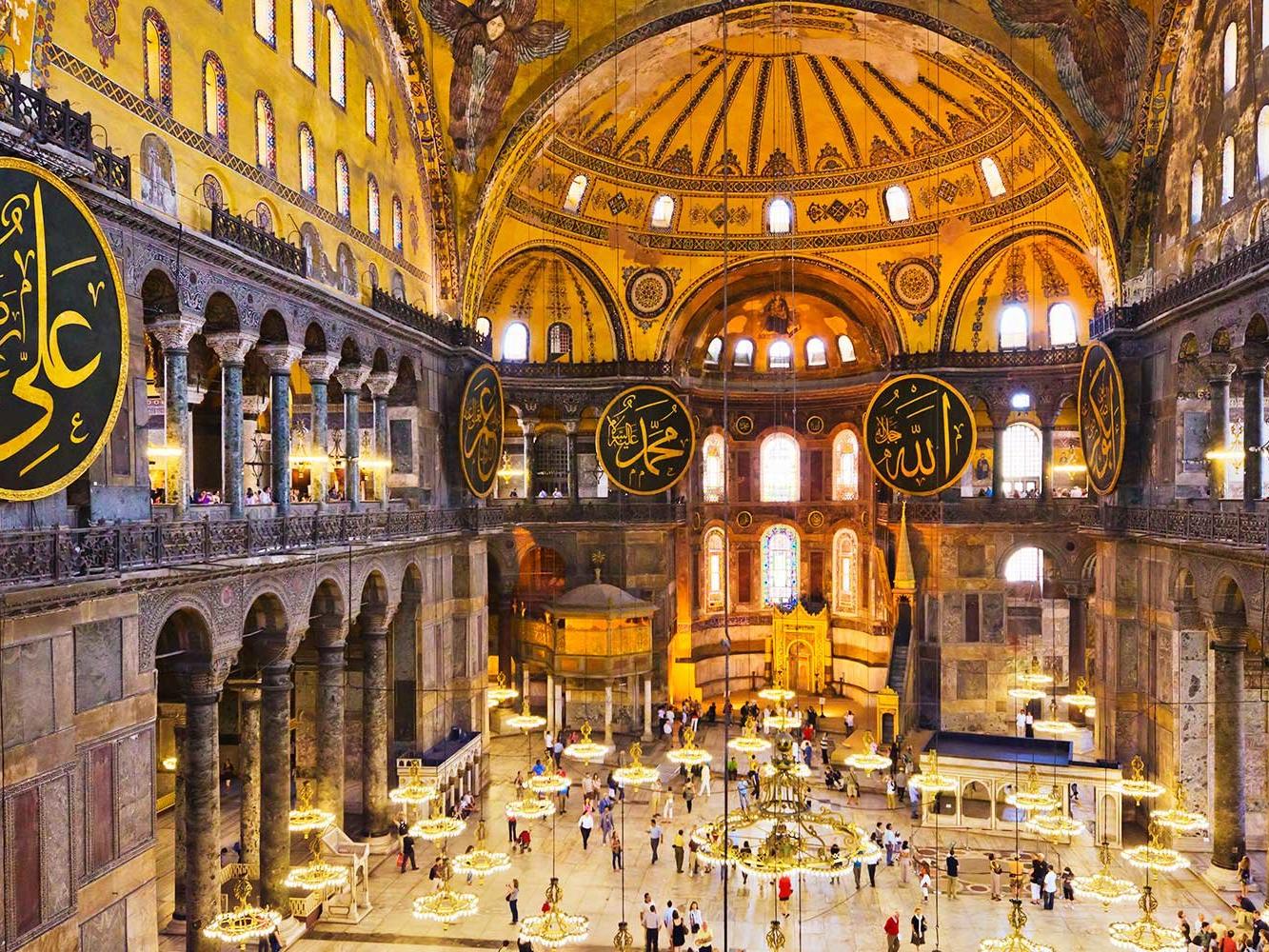
When the Roman Empire broke up into Eastern and Western halves, the churches in the Western part continued into the Roman Catholic Church headquartered in the Vatican in Rome, and that in the Eastern part continued as the Eastern (or Greek) Orthodox Church, earlier headquartered in Constantinople (renamed after Islamization to Istanbul) in what is now Turkey. Turkey was a wholly Christian nation then and had not yet experienced takeover by jihad. (All the churches the Book of Revelation was addressed to were located here, referred to then as Asia, and it was there, in Antioch, that faith in Jesus first came to be called Christianity. It was also Paul the Apostle’s birthplace.) It has been said that the Hagia Sophia was to the Eastern Orthodox Church what St. Peter’s Basilica is to the current Roman Catholic Church. The final split between the two churches, called the Great Schism, occurred in AD 1054.
So, built-in AD 537 long before the Middle Ages, the Hagia Sophia was famous in particular for its massive dome. It was the entire world’s largest building for about a thousand years and an engineering marvel of its day. It is considered the perfection of Byzantine architecture and claimed to have changed the very history of architecture.
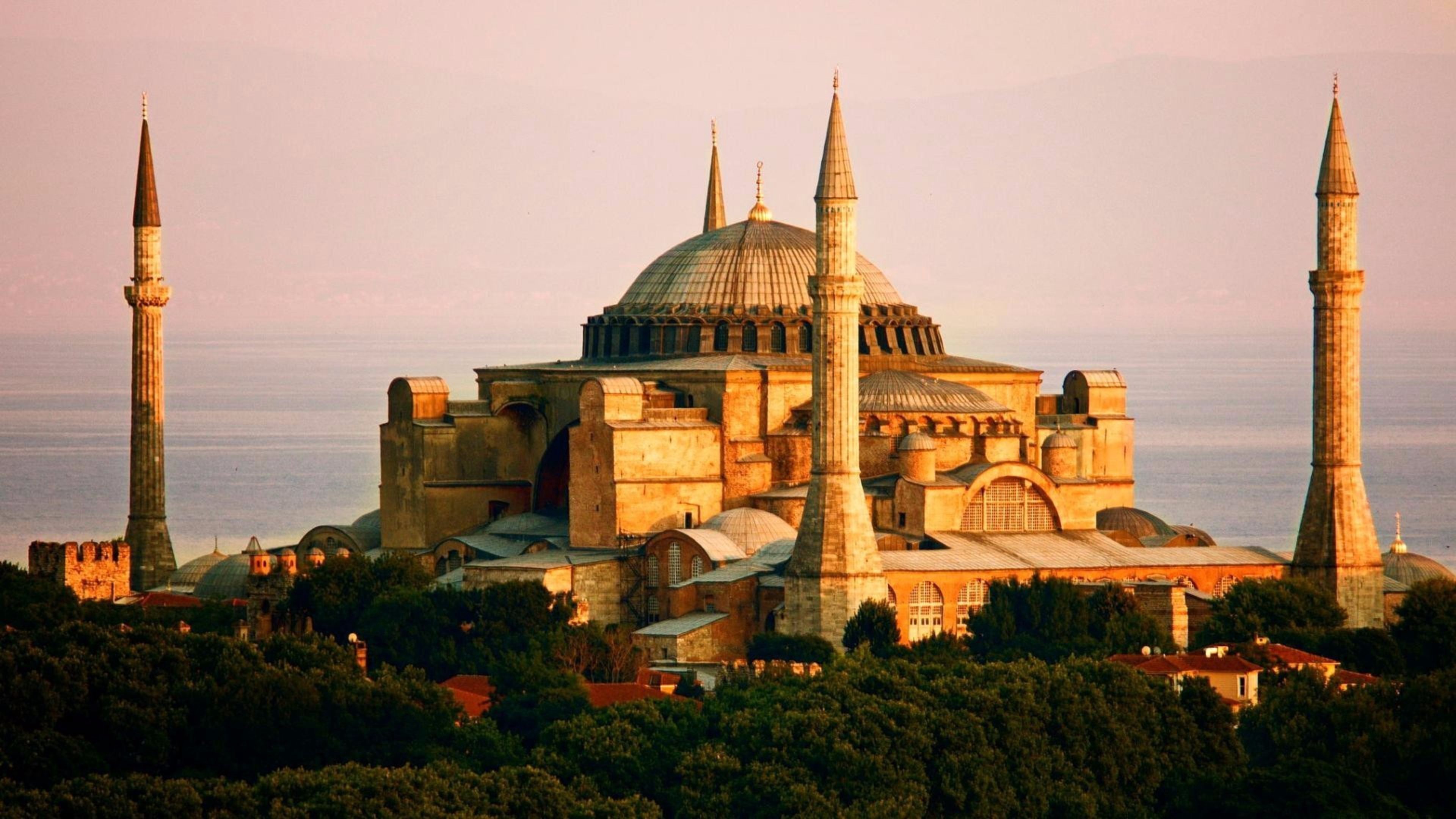
The central point of the Eastern Orthodox Church for nearly one thousand years, the building is 269 feet long and 240 feet wide and, at its topmost point, the domed roof stretches 180 feet into the air!
The church was dedicated to the Wisdom of God (Hagia Sophia literally means Holy Wisdom), the Logos, who is also the second Person of the Trinity with its patronal feast taking place on 25 December, the commemoration of the incarnation of the Logos in the Person of Jesus Christ.
As Greek Orthodox was the official religion of the Byzantines, the Hagia Sophia was considered the central church of the faith, and it thus became the place where new emperors were crowned.
Unfortunately, all this wouldn’t last forever as the Ottomans, led by Emperor Fatih Sultan Mehmed —known as Mehmed the Conqueror—captured Constantinople in 1453. The Ottomans renamed the city to Istanbul. (Later on, in AD 1923 the Republic of Turkey, the successor state of the Ottoman Empire, would be created and named over that general area).
As Islam was the central religion of the Ottomans, the Hagia Sophia was like virtually all the other numerous churches there, renovated into a mosque. As part of the conversion, the Ottomans covered many of the original Orthodox-themed mosaics with Islamic art and calligraphy.
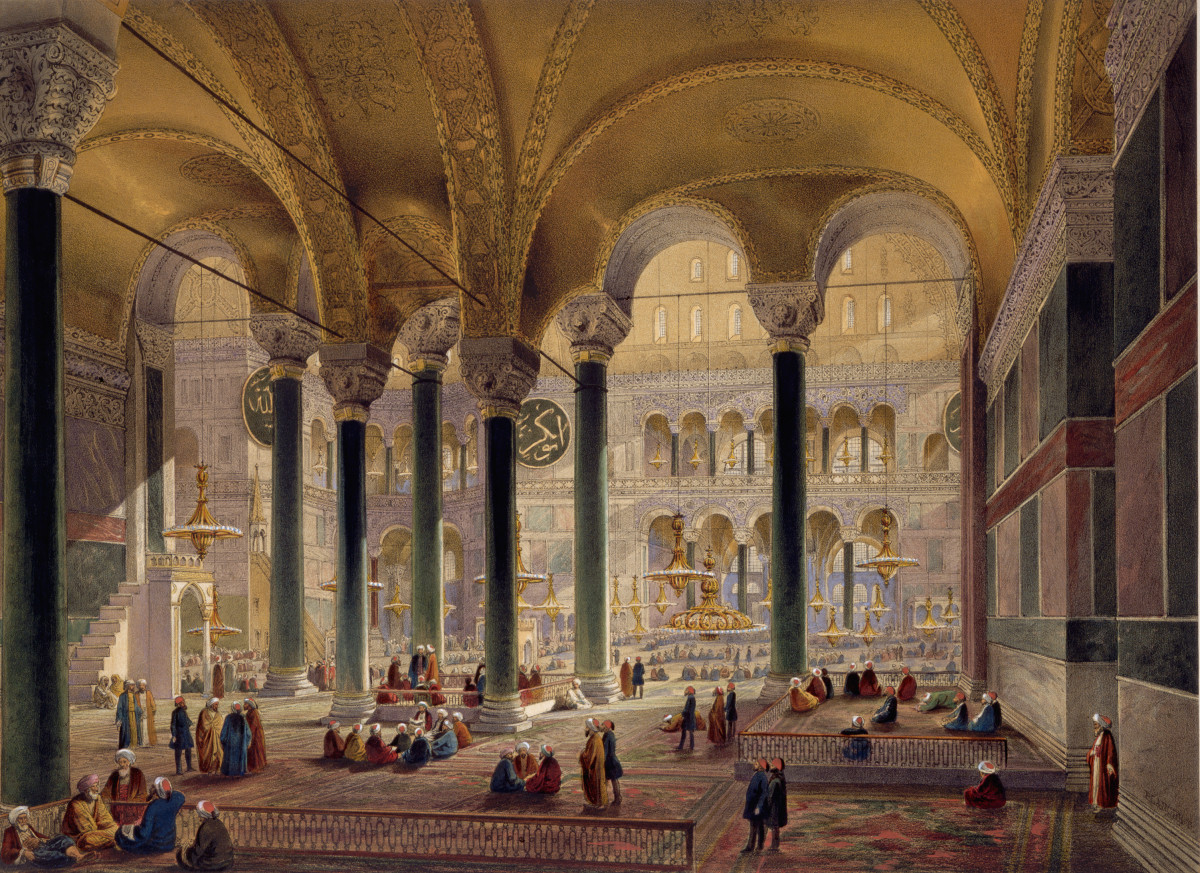
The Hagia Sophia’s role in politics and religion remains a hotly debated topic, even today—some 100 years after the end of the Ottoman Empire.
Since 1935, nine years after the Republic of Turkey was founded by Ataturk, the legendary Hagia Sophia has been operated as a museum by the national government, and it reportedly attracts more than three million visitors annually.
However, since 2013, some Islamic religious leaders in the country have sought to have the Hagia Sophia once again opened as a mosque.
[ad unit=2]





